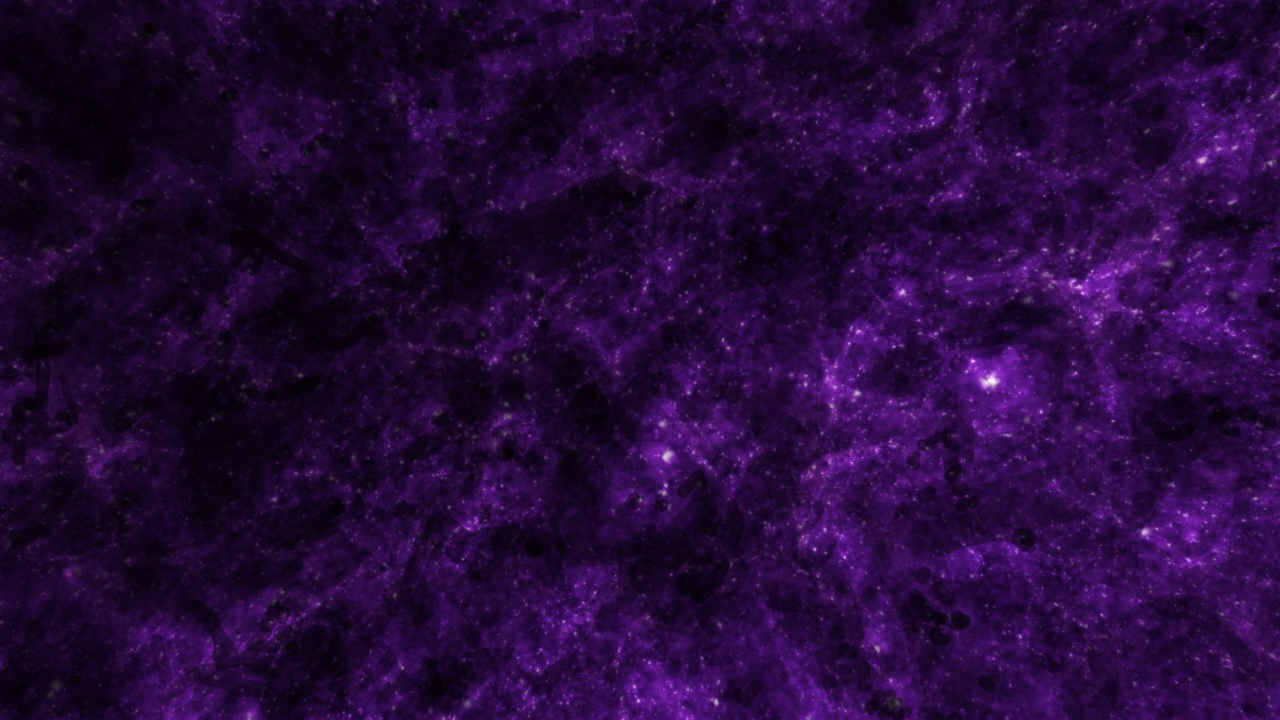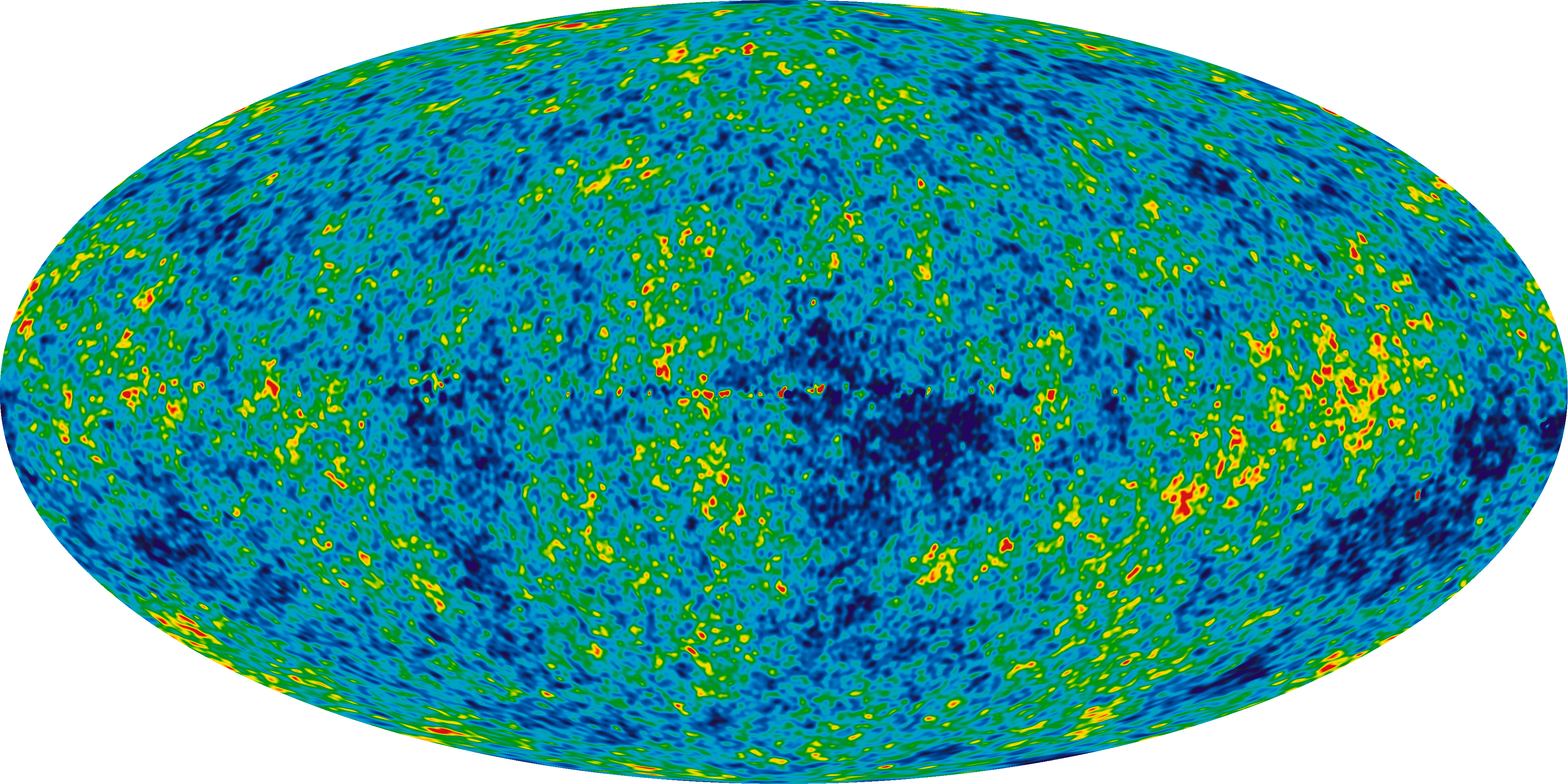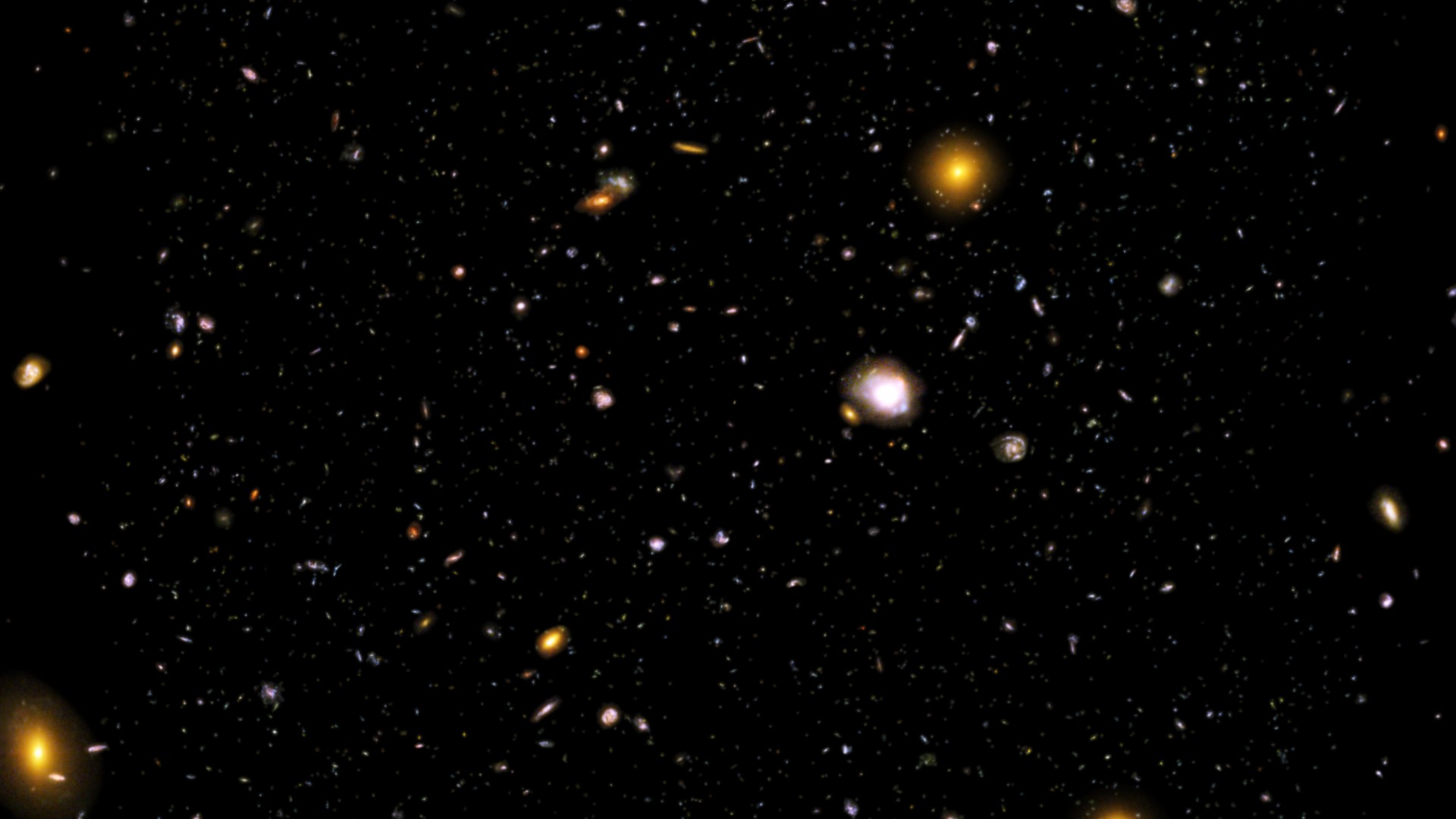-
Home The Dark Ages The Big Bang The Cosmic Web Exotic Physics Era of the First Stars The First Stars The First Black Holes Light Fills the Universe The Spin-Flip Backgound Era of First Galaxies The First Galaxies Larger and Larger Galaxies Epoch of Reionization The Later Universe Galaxies at Cosmic Noon Our Galaxy: The Milky Way Obervations Overview Radio Telescopes Lunar Radio Telescopes Space Telescopes Ground-Based Near-Infrared Telescopes Other Telescopes
- Glossary
What is this website about?
When did the first stars and black holes form in our Universe? How did they differ from those around us today? And how did they grow into galaxies like the Milky Way? What was the Universe like before these objects lit it up? To answer these questions, astronomers must study the Dark Ages and the Cosmic Dawn, the era in which these first luminous objects formed.
On this site, you may not find the complete answers to these questions - but you will learn what astronomers have discovered so far and explore the telescopes that will allow them to learn much more in the next decade. Below on this page, you’ll find a more detailed timeline of our Universe - follow any of the links to learn about these exciting eras and how astronomers hope to observe them soon!
How should I explore it?
The map above provides some context for the key events of the Cosmic Dawn and their relation to the Universe's history. You can learn about all these events on this site, but the focus is on the first billion years of cosmic history, when the Cosmic Dawn was underway. The timeline below identifies many of the milestones of that era. (Please note that these maps are not to scale, though! The first stars formed when the Universe was less than half a percent of its current age - but a lot of action was packed into that short time.)
You can follow these links to the topics that interest you with the menu and this main page, or you can follow along the entire timeline, starting at the very beginning - The Big Bang and following the blue banners! Towards the end you'll find pages that describe the exciting new telescopes that are enabling astronomers to explore these eras. We’ve also included a Glossary of new terms you might encounter along the way, which you can always find linked at the top of each page and in many sidebars.






